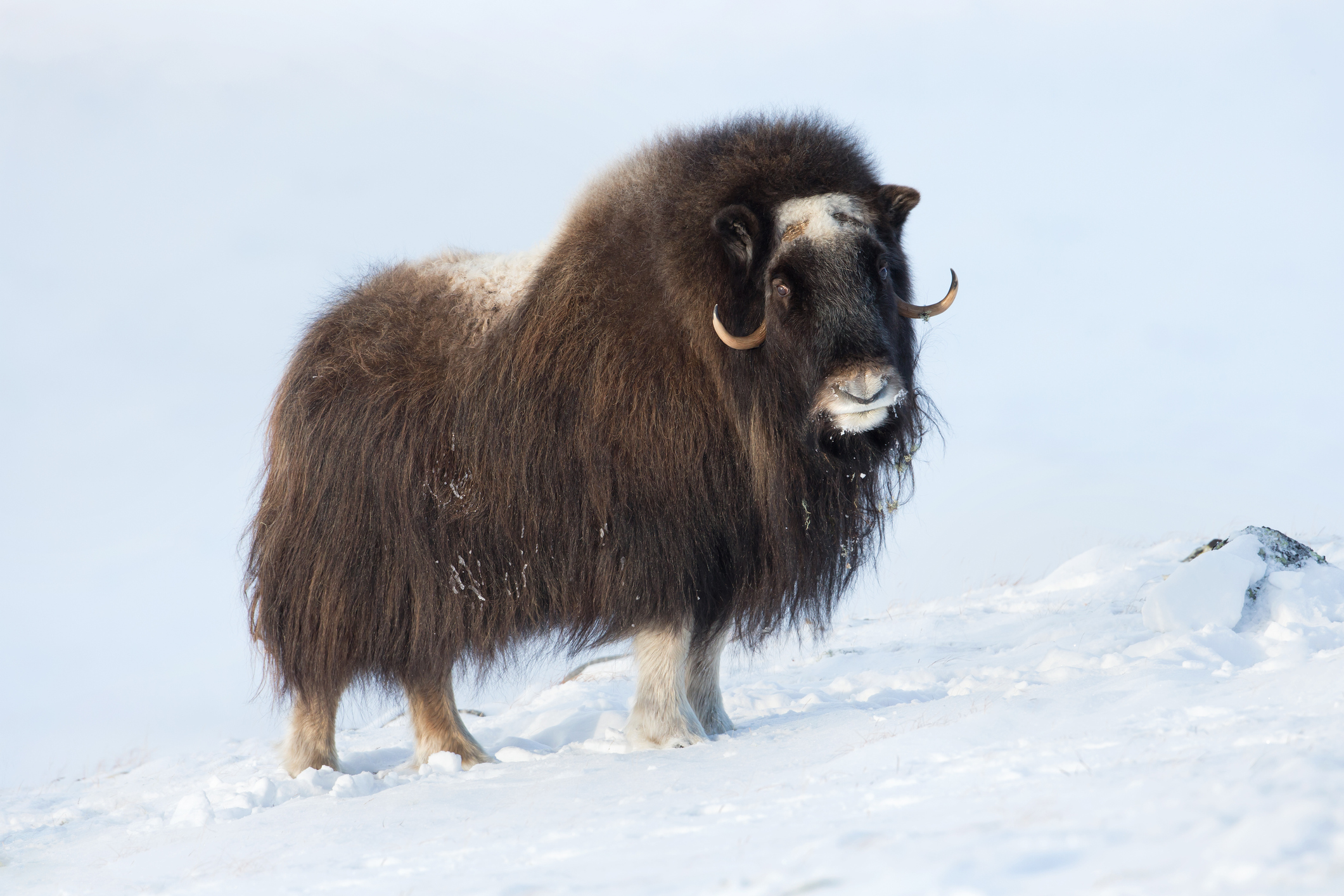The Majestic Ox: A Symbol Of Strength And Resilience
The ox has long been revered as a symbol of strength and resilience across various cultures around the world. From ancient civilizations to modern farming practices, this powerful creature continues to play a vital role in human history. Known for its immense physical power and unwavering work ethic, the ox remains an essential ally in agriculture, transportation, and cultural traditions. Its presence evokes a sense of steadfastness and endurance, qualities that have earned it a revered place in many societies.
Throughout history, the ox has been celebrated not only for its physical attributes but also for its symbolic representation of perseverance and determination. In many cultures, it is associated with hard work and reliability, making it a cornerstone of rural life. Farmers rely on its strength to plow fields and haul heavy loads, while its gentle nature has made it a beloved companion in many communities. As we delve deeper into the world of the ox, we uncover a fascinating creature that continues to inspire and influence people worldwide.
Today, the ox is not just a working animal but also a symbol of cultural heritage and ecological sustainability. With the rise of organic farming and traditional agricultural practices, the ox is regaining its importance in sustainable farming methods. This article explores the ox's historical significance, cultural symbolism, and its role in modern society, providing a comprehensive view of this remarkable animal. By understanding its contributions, we can appreciate the ox's enduring legacy and its continued relevance in our lives.
Read also:Unveiling The World Of Hd Hub4ucom Movies Your Ultimate Guide To Highquality Entertainment
What Makes the Ox Such an Important Animal?
The ox's importance lies in its versatility and adaptability. Unlike other domesticated animals, the ox can thrive in diverse environments, from the rugged terrains of mountainous regions to the fertile plains of agricultural belts. Its ability to endure harsh conditions and perform labor-intensive tasks makes it an invaluable asset for farmers and laborers alike. The ox's significance is not limited to its physical capabilities; it also plays a crucial role in preserving traditional farming methods and promoting sustainable practices.
Why Do Farmers Prefer Using an Ox Over Other Animals?
Farmers often choose the ox for its unmatched strength and endurance. Unlike horses or mules, the ox can work longer hours without fatigue, making it ideal for heavy-duty tasks such as plowing and hauling. Additionally, the ox is known for its calm demeanor, which allows it to work efficiently in crowded or stressful environments. This combination of strength and temperament makes the ox a preferred choice for many agricultural communities, especially in regions where mechanized farming is not feasible.
How Does the Ox Contribute to Sustainable Farming?
In the age of climate change and environmental degradation, the ox offers a sustainable solution for farming communities. By relying on oxen instead of fossil fuel-powered machinery, farmers can significantly reduce their carbon footprint. Moreover, the ox's natural manure serves as an excellent fertilizer, enriching the soil and promoting healthy crop growth. These eco-friendly attributes make the ox an essential component of sustainable agricultural practices, ensuring the longevity of farming traditions for future generations.
Biography of the Ox: A Journey Through Time
To truly understand the ox, we must explore its rich history and cultural significance. The ox has been domesticated for thousands of years, with evidence of its use in agriculture dating back to ancient Mesopotamia and Egypt. Over time, it has evolved into a vital part of human society, influencing art, literature, and religion. Below is a table highlighting key aspects of the ox's biography:
| Aspect | Details |
|---|---|
| Domestication | First domesticated around 8,000 years ago |
| Geographical Distribution | Found in regions across Asia, Africa, and Europe |
| Cultural Significance | Symbol of strength and perseverance in various cultures |
| Modern Role | Integral to sustainable farming practices |
What Are the Key Characteristics of an Ox?
The ox is distinguished by several key characteristics that set it apart from other animals. Its muscular build, broad shoulders, and sturdy hooves enable it to perform heavy labor with ease. Additionally, the ox's docile nature makes it an ideal partner for farmers and laborers. Some of the notable features of the ox include:
- Strong and robust physique
- Gentle and cooperative temperament
- Adaptability to various environments
- Long working hours without fatigue
Can the Ox Survive in Harsh Environments?
Yes, the ox is remarkably resilient and can thrive in challenging conditions. Whether it's the scorching heat of the desert or the freezing temperatures of mountainous regions, the ox has adapted to survive and work effectively. Its thick hide and natural resistance to disease make it well-suited for diverse climates, ensuring its continued relevance in various parts of the world.
Read also:Anjali Arora Download Unveiling Her Journey And Digital Presence
How Does the Ox Impact Cultural Traditions?
The ox has left an indelible mark on cultural traditions across the globe. In many societies, it is revered as a sacred animal, symbolizing prosperity and good fortune. Festivals and rituals often feature the ox as a central figure, celebrating its contributions to community life. For example, in some Asian cultures, the ox is associated with the zodiac and believed to bring luck and abundance to those born under its sign.
Why Is the Ox Considered Sacred in Some Cultures?
In certain cultures, the ox is considered sacred due to its association with divine figures and spiritual beliefs. For instance, in Hinduism, the ox is seen as a symbol of Lord Shiva and is often depicted in religious art and literature. Similarly, in Buddhism, the ox represents patience and perseverance, qualities that are highly valued in spiritual practices. These cultural associations elevate the ox's status beyond that of a mere working animal, making it a revered symbol of faith and devotion.
Table of Contents
- What Makes the Ox Such an Important Animal?
- Why Do Farmers Prefer Using an Ox Over Other Animals?
- How Does the Ox Contribute to Sustainable Farming?
- Biography of the Ox: A Journey Through Time
- What Are the Key Characteristics of an Ox?
- Can the Ox Survive in Harsh Environments?
- How Does the Ox Impact Cultural Traditions?
- Why Is the Ox Considered Sacred in Some Cultures?
- The Role of the Ox in Modern Agriculture
- Conclusion: The Enduring Legacy of the Ox
The Role of the Ox in Modern Agriculture
Despite advancements in technology, the ox remains a vital player in modern agriculture, particularly in developing regions. Its role in sustainable farming practices has gained renewed attention as the world grapples with environmental challenges. By utilizing the ox's natural abilities, farmers can achieve a balance between productivity and ecological preservation. This synergy between traditional methods and modern innovation highlights the ox's continued relevance in the agricultural sector.
Conclusion: The Enduring Legacy of the Ox
In conclusion, the ox stands as a testament to the enduring bond between humans and animals. Its contributions to agriculture, culture, and sustainability have cemented its place in history and continue to inspire future generations. As we face the challenges of the modern world, the ox reminds us of the importance of resilience, cooperation, and respect for nature. By embracing its legacy, we can ensure a brighter and more sustainable future for all.
The ox's story is one of strength, perseverance, and adaptability, qualities that resonate deeply with human values. Its presence in our lives serves as a reminder of the power of collaboration and the importance of preserving our natural resources. As we move forward, let us honor the ox's legacy by embracing sustainable practices and fostering a deeper connection with the world around us.
Article Recommendations


